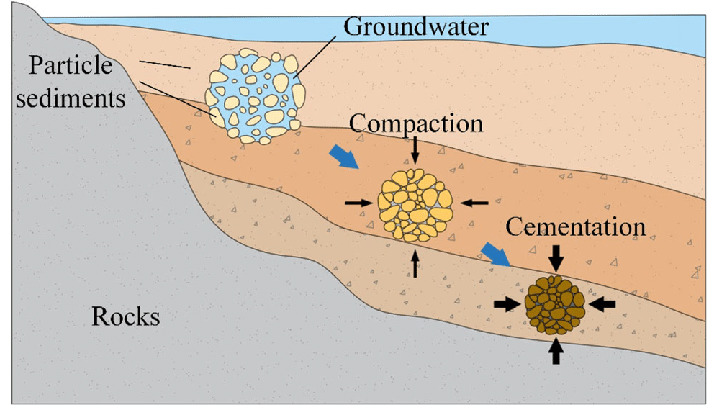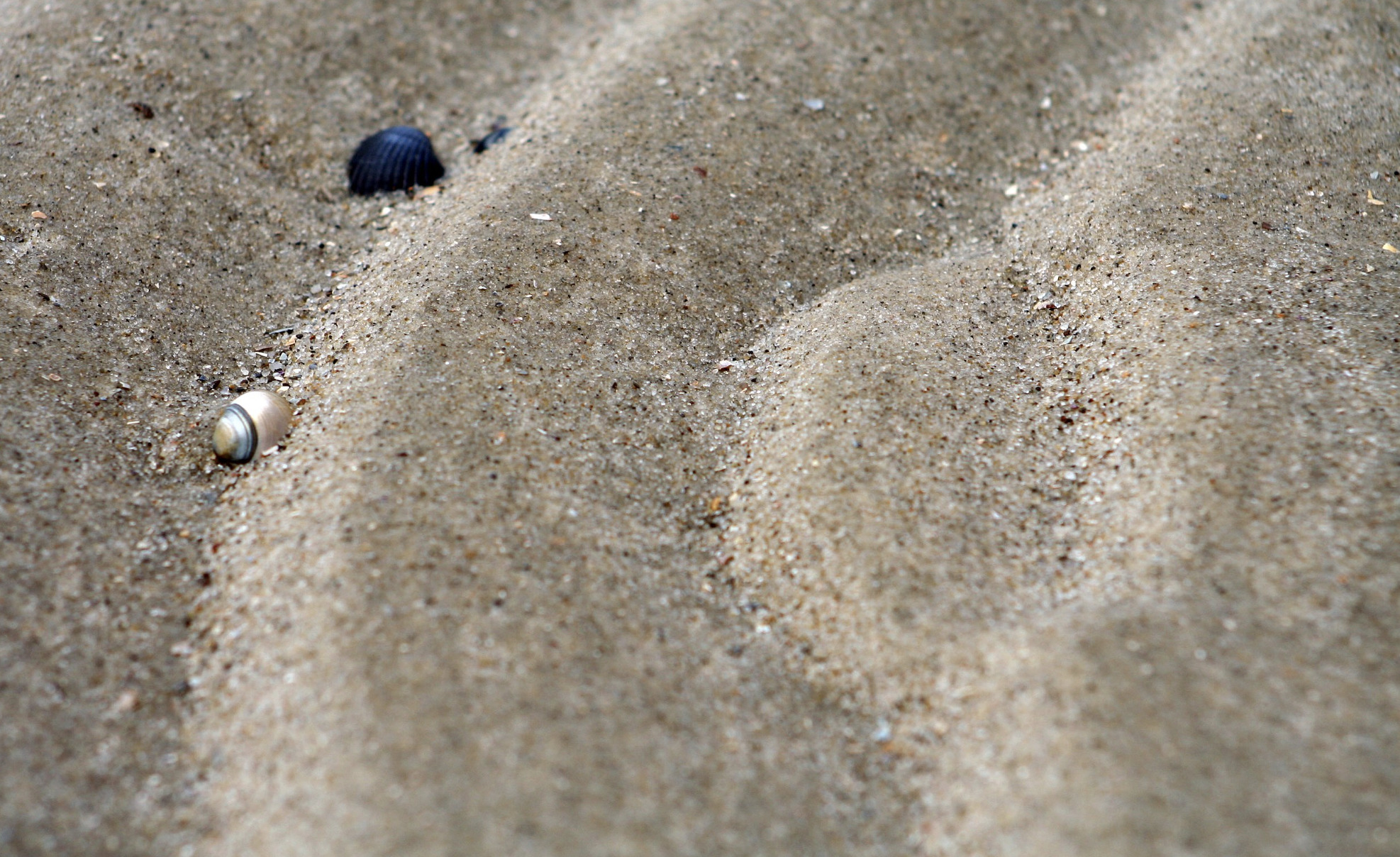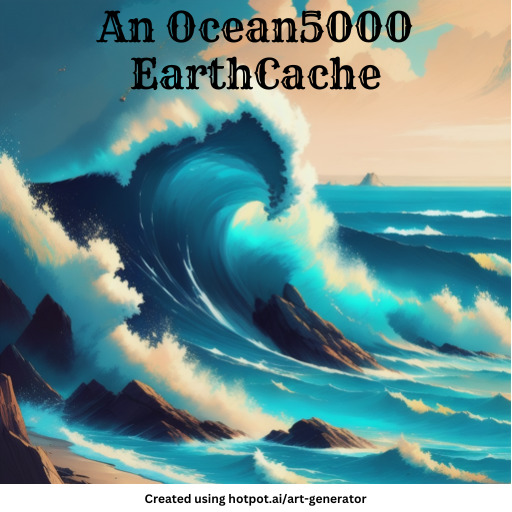What are ripples?
Ripple marks are ridges of sediment that form in response to wind blowing along a layer of sediment. They are formed perpendicular to the wind direction and each ridge is roughly equidistant from the ripple mark on either side. The troughs and ridges of fossilized ripple mark in sandstone and siltstones are hardened versions of the short-lived ripples in the loose sand of a modern-day stream, lake, sea, or sand dune. Ripples may be made by water or, in sand dunes, by wind. The symmetry of water-current ripple marks indicate whether they were formed by gentle waves or faster water currents. To observe ripples in a local stream in the Des Moines Metro Area, visit our other EarthCache: https://www.geocaching.com/geocache/GC9YAD4. This geocache will focus on ripples that were fossilized in sandstone many years ago!
St. Peter Sandstone:
St. Peter sandstone is a particular type of sedimentary rock found in several midwestern states, including Iowa. It consists of poorly cemented quartz, although there are trace amounts of feldspar. St. Peter sandstone was created in a marine depositional environment many years ago due to tidal fluctuations and storms when much of North America was covered in a shallow sea. As a result, many paleontologists have found rare fossils of prehistoric marine life. Similarly, many geologists have found preserved ripple marks in this sedimentary rock.

What is lithification?
In order for the sediment-rich depositional environment to form into rock, it must undergo a process known as lithification. The process begins when sediment grains begin to settle. Compression occurs by reducing the amount of water and air between the grains. After that, sediment gets cemented together by minerals that grow between any remaining gaps between sediment grains. Although the process of lithification converts sediment into rock, bedforms such as ripple marks are pristinely preserved and many fossils are embedded into rock due to permineralization, a process that replaces organic tissue of an organism with mineral deposits.

Types of ripples:
Straight ripples point in the same direction. They are constructed by unidirectional flow of the current.

Sinuous ripples are curve-shaped. They show a pattern of curving up and down as shown in the picture. Sinuous ripples are formed by dipping at an angle to the flow of water.

Linguoid ripples generate an angle to the flow as well as downstream. Linguoid ripples have a random shape as seen below.

Logging Tasks:
- At the GZ, you should observe two blocks of sandstone. Note that the rock contains different horizontal layers (known as strata) on its sides. Are there any changes of color, texture, or appearance in the rock as you examine the differential individual layers?
- At the top of the sandstone, notice the fossilized ripple marks. What is the average size of the ripples?
- Which of the three types of ripple marks are observed at the GZ? Explain your rationale.
- As of June 2019, earthcaches are now allowed to have a required photo logging task. Please provide a photo of yourself, your GPSr, or a personal item that proves that you have visited this site. Please post this in your log.
Sources:
https://www.geologypage.com/2017/11/ripple-marks.html#:~:text=November%209%2C%202017-,Ripple%20Marks,along%20a%20layer%20of%20sediment.
https://geology.com/rocks/sandstone.shtml#:~:text=Sandstone%20is%20a%20sedimentary%20rock,spaces%20between%20the%20sand%20grains.
https://www.thoughtco.com/what-is-lithification-1440841
| We have earned GSA's highest level: |
 |


